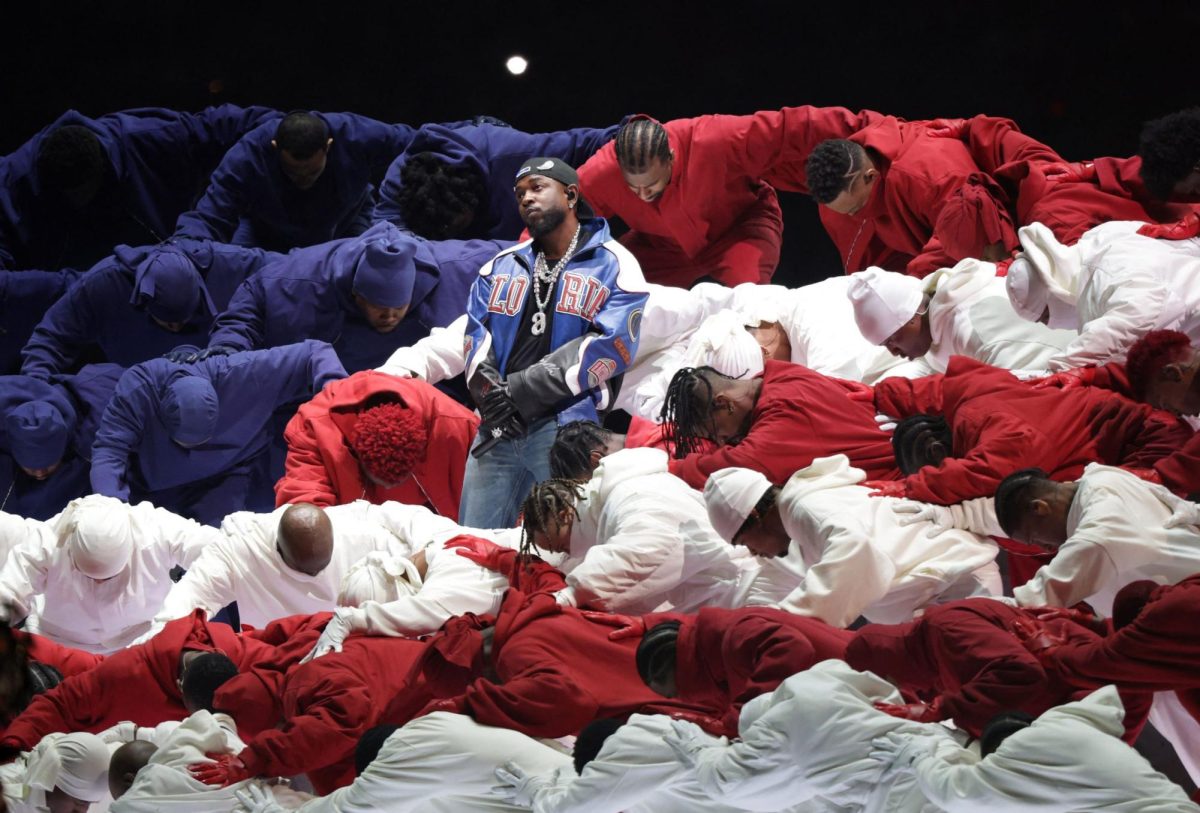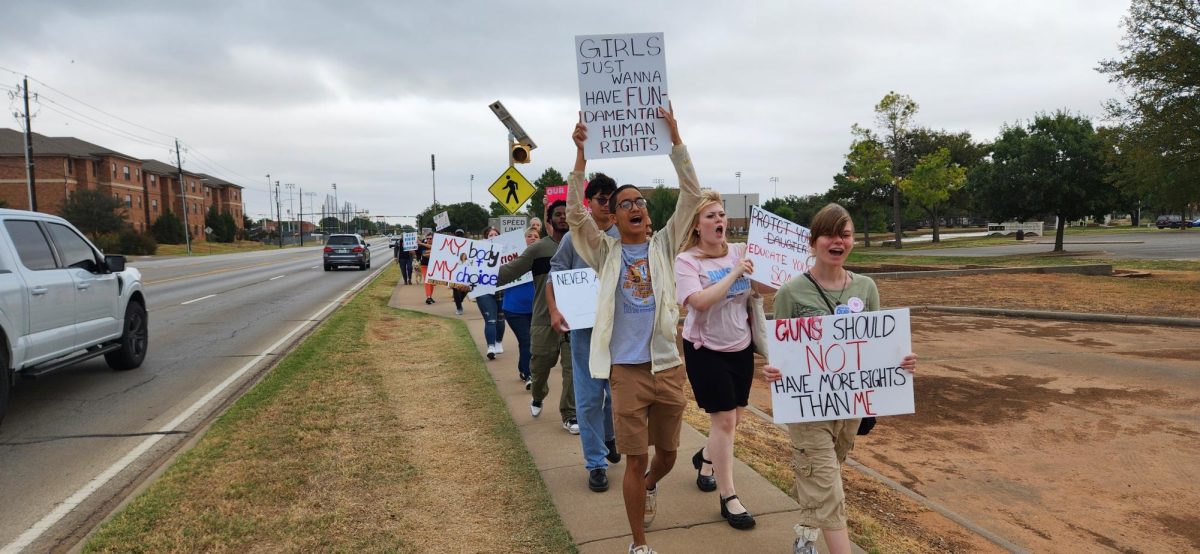Anxiety and excitement flooded through her as she picked up the envelope with the MSU insignia stamp. After years of homework and hard work, Wichita Falls’ Booker T. Washington High School valedictorian Willie Faye Battle was grasping her acceptance letter. However, in 1950, MSU would not only redact Battle’s acceptance, but five other applicants all for the same reason — their race.
Many years later, MSU and the Texas Historical Commission will hold an unveiling ceremony on Saturday, Feb. 25 at 11 a.m. outside of Ferguson Hall, to commemorate the students that suffered this discrimination and their victory of attendance at MSU.
“My understanding is that two alumni, Robert Stewart and Chase Thornton, began doing research in 2008 for class and found this history that we weren’t aware of,” Keith Lamb, vice president of student affairs and enrollment management, said. “They applied for the historical marker, and the university administrator that was involved in this has since retired Dr. Howard Farrell.”
After bringing this history to light, the Wichita County Historical Commission began the process to memorialize these alumni. Becky Trammell, Wichita County Historical Commission marker chairman, used these papers and other resources in preparing the narrative required by the Texas Historical Commission for its Undertold Marker Program.
Since the initial research began in 2008, MSU has since planted a tree in dedication of desegregation between Bridwell Hall and McCoy Engineering Hall.
“For me it is a clear example of our university values in diversity and social justice,” Cammie Dean, director of student development and orientation, said. “Remembering our past is critical in doing the work that needs to happen now in those two areas.”
According to Lamb, the historical marker is placed in front of Ferguson Hall in honor of the first black alumni that graduated with a degree in education. At Saturday’s unveiling, the last survivor from the original six will be in attendance, along with many of the alumni’ descendants.
“Saturday’s event should be about honoring the memory of the deceased individuals, the time period of the civil rights movement and how brave these individuals were,” Whitney Snow, assistant professor of history, said. “These people fought and I have to admire that.”
Although these individuals weren’t the first blacks to be denied admittance to MSU, they were the first to fight the racial dispute in the court of law. After a three year war in the court system, Battle and her peers were granted admission to MSU.
“The best way that we celebrate them is being a campus that has true diversity,” Dean said. “Not about counting heads, but making every head count. Teach about the living out of diversification and social justice is the absolute best way to repay, acknowledge and celebrate them for what they sacrificed for the rest of us.”
The historical marker was made and delivered to the university in 2016; however, it was misplaced until now. According to Lamb, although some believe the wording on the historical marker sheds a negative light on MSU, he believes it shows the university’s growth.
“By whitewashing the past we a disservice to its victims,” Snow said.
According to Lamb, Snow and Dean’s one wish for the ceremony is to have a high student attendance. Along with the honorees, many community members and alumni will be attending and speaking at the event.
“I think this historical marker teaches people to have faith in process, to stand up for their rights and never give up. It’s very inspirational,” Snow said. “I think it will definitely spark a lot of interest from students that might not have known about it. I hope it leads students to research the event, the individuals, the Civil War era, or the Civil War in Wichita Falls.”
According to Stewart’s research paper, the Battle et.al. vs. Wichita Falls Junior College District influenced many court cases for desegregation throughout the United States. In the first year after the court case, the university had 12 black students enrolled.
“I don’t know what impact it will have. I hope that it increases awareness of where this institution has been, where it has come and hopefully clarity on where it is going as well,” Lamb said. “I think there is a lot of power in the story and we need to understand our past. That is what I hope we get from this as an institution.”
According to Dean, the historical marker could create an increase of campus visitors from historians, genealogists and people that follow historical markers. She hopes that the admissions office will include it in the campus tour.
“I think it is definitely something that will be in our leadership training with peer counselors, orientation leaders and student ambassadors scavenger hunt for learning about the campus history. So I think it will have more visibility with older students,” Dean said.
Since the forced admittance of those students, MSU now has 14 percent black student population and a total of 48 percent minority student population.
At the time of the ruling, the university’s officials said those 12 students “have complete freedom to any campus building, activity or organization.” This was at the beginning of the Civil Rights movement, with Martin Luther King Jr.’s assassination still 14 years after the Supreme Court ruling.
“For me, and what I hope is the case for students, it’s the reminder that it is ordinary people with extraordinary dreams that moves us forward in this case as an institution or as the state of Texas or as the U.S.,” Dean said. “The work has not stopped, and there is still progress to be made. It is on us to do it.”






















